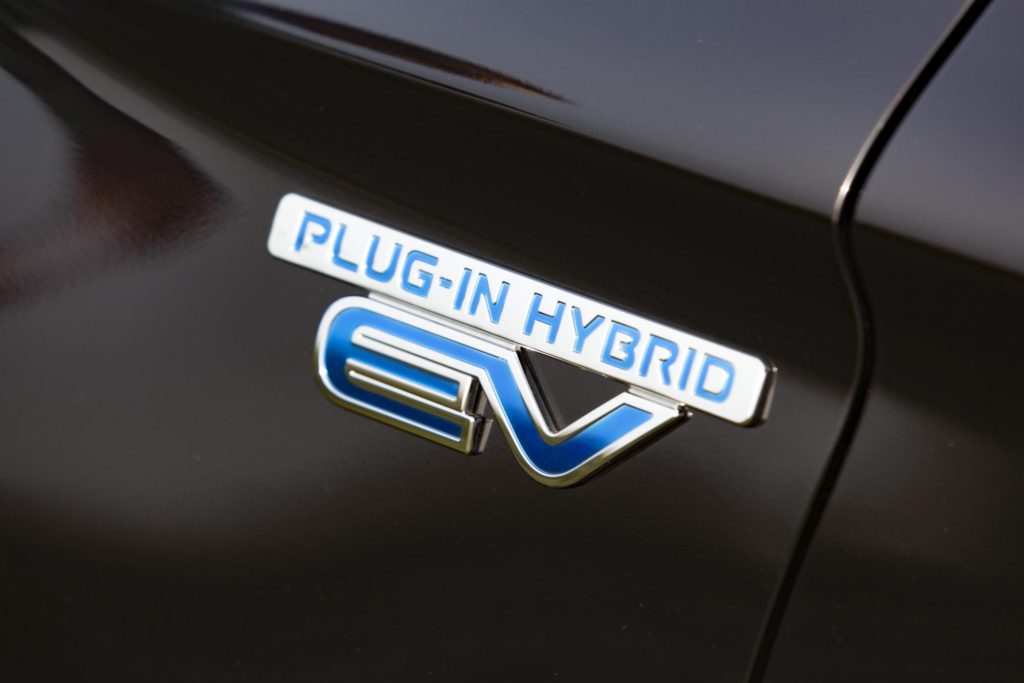On-board fuel consumption meters could expose PHEVs
27 November 2019

27 November 2019
The new CO2 emissions standards adopted by the European Parliament and Council in April 2019 require the European Commission to monitor the real-world fuel and electric energy consumption of passenger cars and light commercial vehicles. This will allow for an assessment of the discrepancy between emissions recorded in the type-approval process and in the real world. The implications for plug-in hybrid electric vehicles (PHEVs) could be significant as it will identify how much they use electric power in the real world.
The data for the analysis will be recorded by on-board fuel and energy consumption monitoring devices (OBFCM), which will be introduced in all light-duty vehicles over a two-year period, starting on 1 January 2020. The data will be transmitted in detail, albeit only for recording purposes as no penalties are planned. Nevertheless, this could potentially lead to the CO2 emissions and fuel consumption figures of PHEVs being recalculated, with repercussions for tax liabilities, total cost of ownership and, ultimately, demand.
Green credentials of PHEVs in question
The real-world CO2 emissions of PHEVs depend on driving behaviour, as with all cars, but also on how often the user recharges the electric battery.
This has led to criticism of the expansion of the environmental bonus in Germany as questions remain about the true environmental friendliness of PHEVs. When the previous regulations were adopted, only the data for internal combustion engine (ICE) cars were available and it was assumed that a PHEV would be charged once per day, according to a white paper published by the International Council on Clean Transportation (ICCT).
′With the OBFCM data, the real operating and recharge pattern of PHEVs could be analysed,’ writes the ICCT. ′As the recharge pattern of PHEVs likely depends on other parameters than only the range in charge-depleting mode, the OBFCM data in combination with vehicle information could be used to determine representative and more vehicle-specific UFs that take into account additional factors, such as vehicle power, power-to-mass ratio, footprint, mass, and conventional-to-electric power ratio.’
The UK Government, however, has removed grants for PHEVs and they will not be reinstated, despite the impact on sales. The Government may one day look to the real-world emissions data to justify its position.
′With this information, the European Commission can monitor the gap between type-approval and real-world CO2 emissions and eventually develop regulatory measures to ensure that the gap does not grow over time,’ adds the ICCT.
Moreover, the ICCT highlights that the OBFCM data would provide consumers with better real-world fuel and energy consumption figures, helping them ′to identify and buy more climate-friendly vehicles.’
Transfer pathways
However, the European Commission still needs to develop a procedure to receive the OBFCM data from vehicles and the ICCT white paper analyses ′the data transfer requirements, four transfer pathways, the potential use cases of the OBFCM data, and how the data can be complemented with vehicle parameters needed for the analysis.’
The four ′transfer pathways’ identified by the ICCT are ′data collection from periodic technical inspections (PTI), roadside spot checks, or managed fleets like rental or company cars. The fourth option is over-the-air (OTA) data transfer directly from the vehicle to the European Commission.’